Belt driven
Recently, I was in the market for a new bike. I wanted something for around town that would be good for trips in the two- to eight-mile range that I typically ride. Ideally, I wanted a bike that I could simply grab and go without much worry but that would still be fun to ride.
After some research and thought, I decided to join a few others in our office and purchase a belt-driven, rather than chain-driven, bicycle. The belt system is made by Gates Carbon Drive, who has been a financial supporter of Bicycle Colorado for a number of years. Thank you Gates!
What is Carbon Drive?
The heart of the drive system is the CenterTrack belt. According to Gates, this custom-made carbon fiber belt is stronger than, and as efficient as, a traditional bike chain. The belts are created with stretch-free carbon fiber tensile cords and polyurethane technology, which allows the belt to be weather-resistant, flexible and durable.
The positives
The Gates Carbon Drive system has some great aspects that encouraged me to buy a belt-driven bike. First, it doesn’t require any grease. Since it’s not metal, it doesn’t rust. It requires very little maintenance. The belt weighs less than a chain, doesn’t stretch over time as chains do and lasts twice as long as the average chain. And perhaps most importantly, it’s smooth and remarkably quiet. The promise of smooth, quiet, clean, low-maintenance riding ultimately won me over.
The one negative (if you consider having to buy a new bike a negative!)
The one main drawback of the belt drive is that, since it can’t be taken apart and reattached like a chain can, it requires a belt-compatible frame. Replacing the chain-drive system with a belt system on a bike you already have isn’t practical or recommended (even though after riding one you may want to).
When belt drives first came out, bike manufacturers only used the system on high-end bikes, but recently companies have been integrating them into commuter bikes like the one I bought, a welcome development, I think, since the low-maintenance belt-drive system lends itself well to commuting in various kinds of weather.
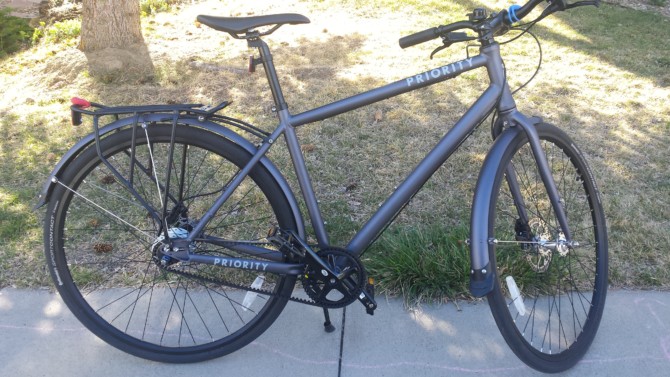
So far, I’ve found the Carbon Drive to be exceptionally quiet and smooth. The bike seems to almost glide. I look forward to putting many miles on it.
Who else out there has tried a belt drive? How has your experience been? Please share it in the comments!
Leave A COMMENT
Our twitter feed is unavailable right now.
The Latest News
view all- Jun 13, 2024
- by Bicycle Colorado
Discover Denver With Denver Century Ride
- Bicycling in Colorado,
- Denver,
- Event Member Spotlight,
- Events
- No Comments
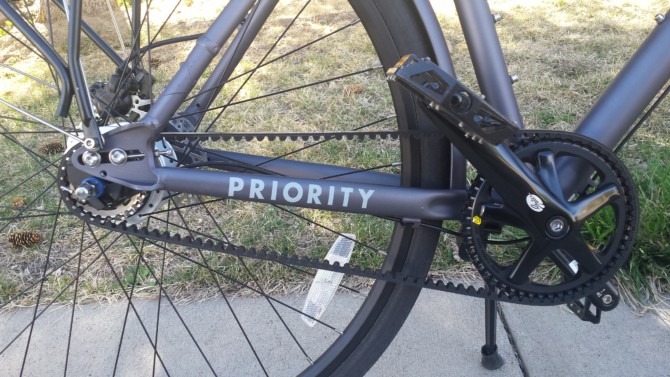





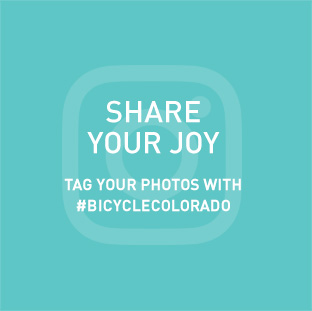

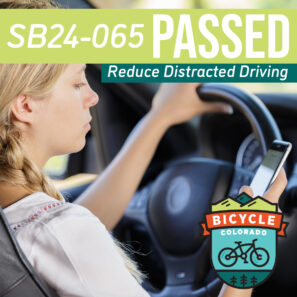
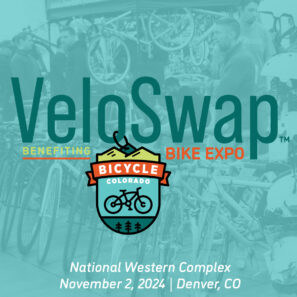
COMMENTS (11)
Edward Rothschild -
I bought a Spot bike with belt drive and 11 speed hub – love it so far! I am a bit nervous about changing my first flat on rear wheel.
Justin Millar -
Hi Edward,
I too am nervous about changing my rear tire. I almost had to already. On my first ride on the new bike I was looking down at the bike admiring the belt drive system while riding on a bike path when I heard a lot of crunching sound! I didn’t see a whole mess of glass on the path, but I got lucky the glass didn’t puncture a tire. Another reader said she brings her belt drive bike to the shop when she needs to change the rear tire. I think I might do the same.
Ride On,
Justin
Lisa Seaman -
Hi, I have a Trek Soho, 8 speed belt drive. I’ve had it 4-5 years. My opinion about the pros are: it doesn’t skip, the shifting is really smooth, it’s usually really quiet, it’s durable. The cons are: it’s really complicated to get the back tire off, so do all you can to avoid flats (new tires, and I use those plastic barriers in my tires). I actually take my bike to the store if I have a flat on the rear tire. And the other con is that sometimes after rain, or when it’s damp, or in the snow, there is a squeaky annoying sound that makes me not want to pedal. I use “slide-all” when this happens, and it gets rid of the annoying sound.
I wish my gearing was lower. I am going to look into getting a smaller “chain-belt-ring” on the front to make my gearing lower.
In general, I like my belt-drive bike!
Justin Millar -
Hi Lisa,
Thanks for the comment. I’m definitely nervous about getting rear flats so I will do what I can to avoid them. Since my bike is still very new I haven’t ridden in any wet weather yet, but when I do I hope the sound you point out isn’t too loud or frustrating. Glad to hear that you like your belt drive!
Ride On,
Justin
Elizabeth B -
Glad to hear you like it! A week ago I ordered the same bike (with rack & basket) and am eagerly awaiting shipment. I was considering some similar bikes with dynamo hub-driven lights, but I already have good lights and the price difference was not small.
Justin Millar -
Hi Elizabeth,
I’m glad to hear you’re joining the Priority Club! I hope you love it. One thing I’ve noticed so far is that the handlebars are very aggressive so I might at some point change them to a touch more relaxed type/position, but other than that I love it so far. Let us know what you think once you’ve had it for a bit.
Ride On,
Justin
Melinda Middleton -
My husband and I have been riding a Co-Motion Tandem with a belt drive for 3 years and love it! It’s clean, quiet, and an endless source of curiosity for folks who stop to admire our bike.
John -
I have a SPOT Five Points, & it’s a great transpo bike. Removing the rear wheel is no more difficult than a fixie. Slime tubes are what you want to avoid thorn flats on the bike path.
Carl -
I’m commuting daily on a Trek Soho with the 8-speed internal hub. I have the original mudport crank vs. the CenterTrack that you have on your Priortity. I switched to the Gate Carbon Belt drive for my daily commuter because I liked the idea of an all-weather lower maintenance bike. For any of you riders with the internal hub be aware that over time the lubricant will become thicker and will make shifting a bear on cold days. At least that is what I have experienced this winter. I have no issues when it’s above 50 degrees but just dipping into the lower 40’s I don’t always get a swift shift into the next gear immediately ~ talk about spinning. I did find the Shimano lubricant for $11 but it’s pretty involved to bathe the gears to remove the spent lubricant. I’ll wait until next fall to complete that task. One last comment about flat tires; I invest in Michelin City Tires. They have reflective sidewalls and a proprietary compound that helps avoid flats. I went from July 2013 through October 2015 with NO flats, riding daily. I knew it was time to replace them when I got three flats within 2 weeks. I should be good for a few thousand miles again. Ride early and ride often!
Steve -
I’ve put a Spot Five Points through two Wisconsin winters. Three speeds is all I really need on a commuter bike (and they actually work all winter) (and weigh less/are less complex than 8 and 11 speed hubs). The drive belt can be cleaned by pouring water over it but is noisy when wet. The enclosed gears don’t need scrubbing like cogs on a bike with derailleurs. The hydraulic disc brakes can be a little finicky but they stop in all weather. The frame has clearance for fenders and studded tires.
Don -
Is the carbon belt drive a low maintenance drive train? I suppose it depends. I’m a full-time-all-weather Denver commuter and I hate rear derailleurs, bike chains and even the smell of grease. So last Winter I went out and bought two used bicycles off craigslist. One bicycle was a really well made Trek SoHo with an older (non center track) Gates belt drive, drum brakes and a dependable Nexus 8 speed IGH with a push/pull trigger shifter for only $300 – a great deal. And the other bicycle was a Priority Continuum with a center track belt drive, disc brakes, CVT gear box thingy (N330) and twist shifter for $225 – a real steal. Both bikes, both drive trains and both IGHs have their strengths and weaknesses, but when the going got tough and the snow started falling the Nexus with it’s push/pull trigger shifter worked flawlessly in snow, ice and below freezing temperatures, but the CVT with it’s twist shifter failed every time it snowed. The CVT was fine, but the cable interface and the twist shifter would freeze and end up jammed inside the shifter. No bueno. Maybe it’s just me? Maybe it’s the cheap replacement cables that I desperately purchased from Walmart ? Or maybe the cable interface and twist shifter just need to be replaced? But that Priority is anything but maintenance free.